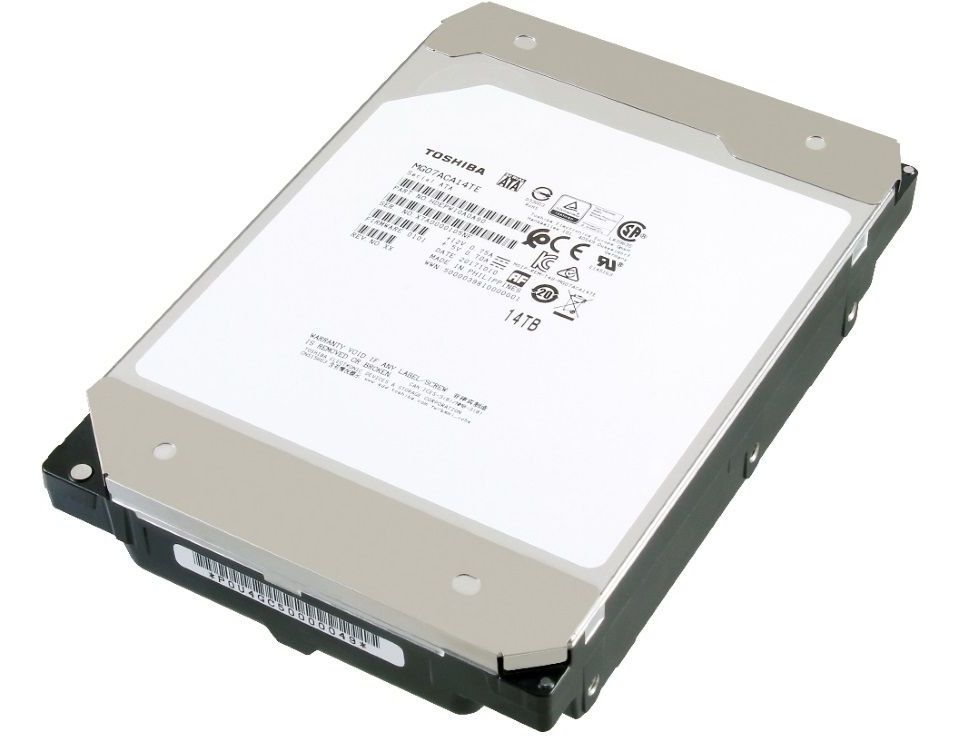The flip side is there’s only a tiny storage density improvement in play here; Toshiba is using 1.56TB platters, while its competitors are back on ~1.5TB. Shoving more platters into a drive while retaining a 3.5-inch form factor is mechanically impossible after a certain point. And while hydrogen gas is only about half as dense as helium, that’s still a much smaller improvement than what helium offered compared with Earth’s atmosphere.
The MG07ACA14TE (14TB) and the MG07ACA12TE (12TB) are both 7200 RPM drives with SATA 6G support. The 14TB drive is rated for 260MB/s of sequential read performance, while the 12TB drive is rated for 250MB/s. Toshiba has talked about a 16TB drive, according to Anandtech, but that much space would require roughly 1.8TB platters, a significant jump over what the company is using today.
Seagate has pledged to bring the next leap in recording technology, Heat-Assisted Magnetic Recording (HAMR) to market, alongside helium-filled drives of at least 18TB. Those drives could be on the market as soon as 2018. Western Digital is backing a technology known as MAMR (Microwave-Assisted Magnetic Recording), in which microwave fields emitted by a spin-torque oscillator allows drives to use weaker magnetic fields when writing data. This is supposed to boost densities up to 4.5Tbits/inch over time, which would theoretically enable 40TB hard drives, eventually. MAMR may be ready by 2019, though all timelines should be taken provisionally; some of these technologies have been in the works for a decade or more.
